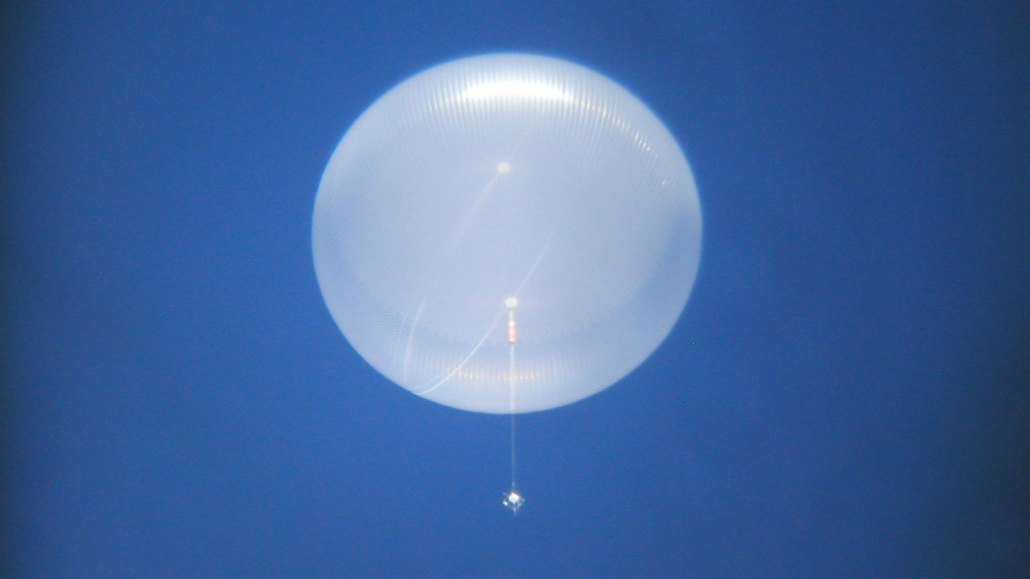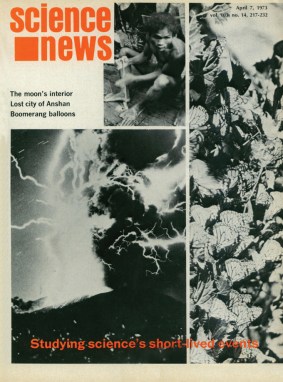50 years ago, a balloon circumnavigated the world for science
Excerpt from the April 7, 1973 issue of Science News

High-altitude research balloons like this NASA balloon over Antarctica have led to many scientific discoveries. Hopefully, fears over spy balloons won’t ground them.
Columbia Scientific Balloon Facility






